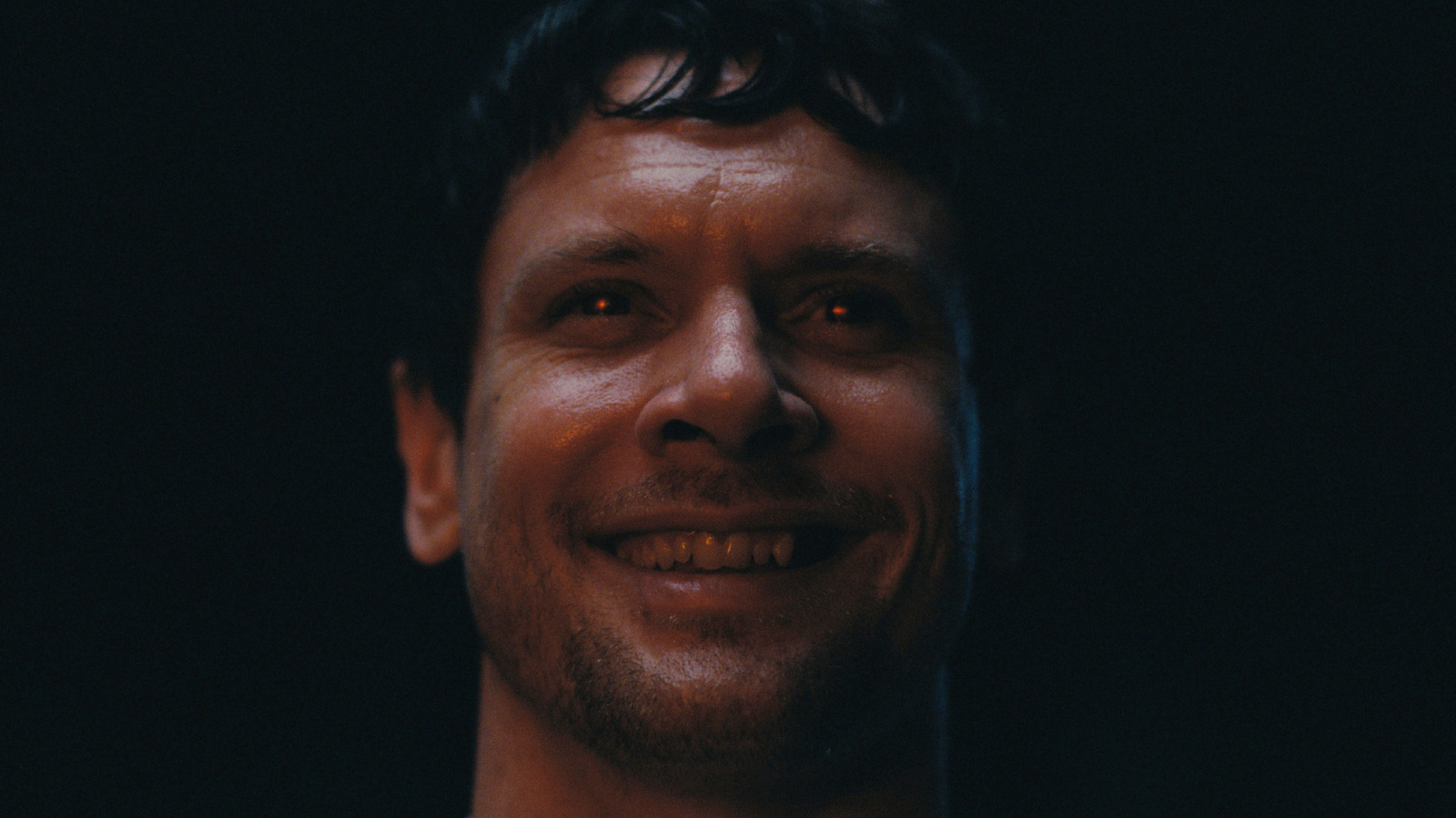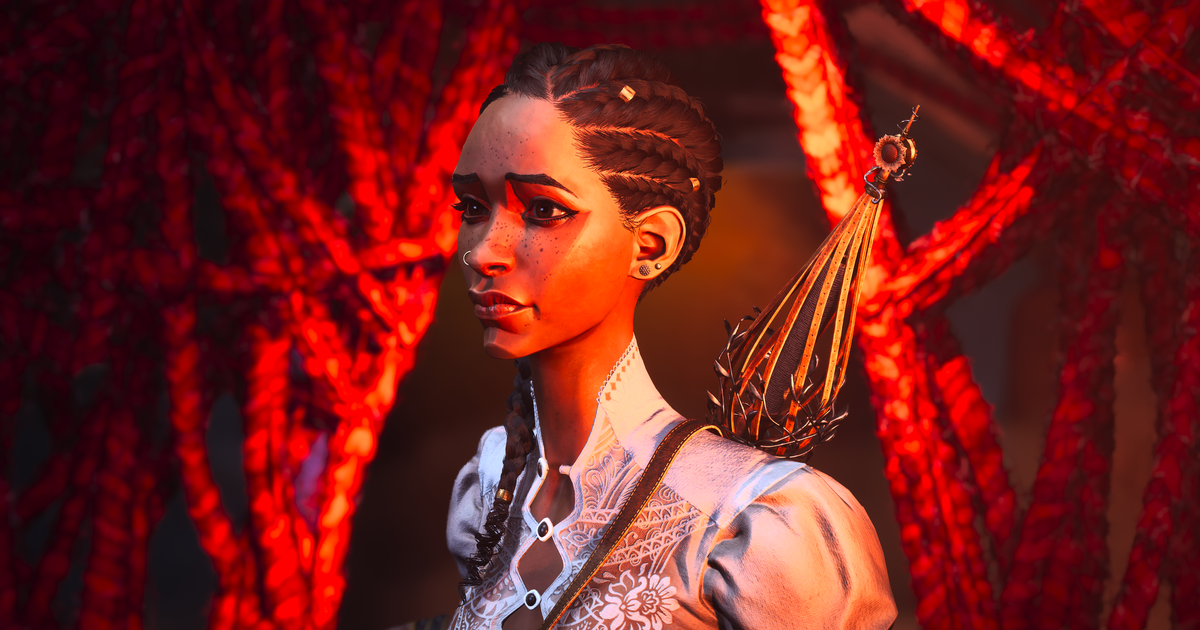A Minecraft Movie: A Whimsical Adventure with Undercurrents

The Minecraft Movie may not be the cinematic masterpiece that lingers in the annals of film history, yet it has undeniably struck a chord at the box office, marking itself as a significant hit. The filmâs charm is largely attributed to the frenetic energy delivered by Jack Black and the comedic bravado of Jason Momoa, who both fully commit to their roles. Aimed at both nostalgic fans who grew up immersed in the Minecraft universe and current players, the film serves as a classic brand extension, laden with references that resonate with fans. It calls back to beloved elements of the game while integrating live-action and computer-generated elements that bring Minecraftâs iconic creatures, settings, and activities to life.
Unlike numerous adaptations of video games, director Jared Hess and the five credited screenwriters took a refreshing route with A Minecraft Movie. Instead of confining the narrative entirely to the gameâs pixelated worldâas seen in adaptations like The Super Mario Bros. Movie or Borderlandsâthey cleverly transport characters from our reality into the enchanting realm of Minecraft. This imaginative approach depicts the game as a fantastical wonderland where anything is possible, a concept that carries intriguing implications for the film's ending, which conflicts with the intended mission of the filmmakers.
[Spoiler Alert: The following section contains plot details from A Minecraft Movie.]
The storyline revolves around Steve, portrayed by Jack Blackâa cheerful, bumbling character who stumbles into Minecraftâs Overworld and reshapes it to his creative whims. Alongside him is Garrett, played by Jason Momoa, a once-prominent arcade champion now struggling as the owner of a failing electronics store in Chuglass, Idaho. Theyâre joined by Henry (Sebastian Hansen), a high school student grappling with the recent loss of his parents, who finds solace in doodling inventions in his notebook but faces ridicule from peers for his vivid imagination. The charactersâ journey is further complemented by the presence of Henryâs older sister and newly appointed guardian Natalie (Emma Myers) and local real estate agent and mobile zoo owner Dawn (Danielle Brooks), who also get swept into the Overworld adventure, albeit with less narrative focus.
Together, this eclectic group of misfits must contend with dangers emerging from the hell dimension known as The Nether to save the Overworld and obtain a key artifact that will allow them to return to Idaho. Their journey through the Overworld leads them to battle piglins, zombies, and a Chicken Jockey, while they learn vital crafting skills, attempt to rescue Steveâs pet wolf, Dennis, and engage in various activities that mirror the immersive Minecraft experience.
Moreover, the characters are prompted to learn important life lessons throughout their escapade. Garrett discovers the significance of vulnerability and the value of dropping his facade of superiority. Steve comes to terms with the importance of friendship, while Henry realizes that his creative skills are appreciated by others. Natalie and Dawn learn to embrace their presence during these moments of character growth.
As the film progresses, the characters muster the courage to reopen their portal back to Earth, leading to a poignant moment where they must decide who truly wants to return to their original world. Steve, having built an expansive playground in the Overworld, contemplates staying behind, suggesting to Henry that he should also remain to explore the myriad possibilities of creation available in this vibrant realm.
However, Henry opts to return home, eager to continue his work on the jetpack project that was sabotaged by local bullies. As Steve witnesses his newfound friends prepare to leave, he deliberates, ultimately choosing to accompany them back to Earth. He returns to a mundane life characterized by a small home, financial instability, and a lack of meaningful connections. Yet, he now has friends to enjoy karaoke with and collaborate on arcade games, culminating in a blissful montage of their new adventures.
Interestingly, there is no dark cloud looming over the choices made by these characters, nor is there any debate about the correctness of their decisions. Their actions yield immediate joy, fulfillment, and camaraderie, with Steve gaining both financial success and social fulfillment, while Henry receives the admiration of his peers. This presents a straightforward message about Minecraftânamely, that creating in the real world possesses greater significance than building in a virtual landscape, and that real-life friendships surpass the enjoyment of gaming experiences.
While this sentiment is undeniably wholesome, the film falls short in articulating its implications. Neither Henry nor Steve clearly expresses the reasoning behind their decisions to forsake the Minecraft world for reality, leaving audiences without a deeper understanding of their choices. In contrast, Garrett receives a substantial monologue through which he conveys his personal growth and insights, making him the only character allowed to explore the meaning of his experience within the Minecraft universe.
For the rest of the ensemble, it seems peculiar that they do not take the time to ponder the allure of remaining in a vibrant fantasy world where the burdens of adult lifeâsuch as jobs, mortgages, and zoning lawsâare nonexistent. Viewers could speculate on the motivations behind their preference for reality, but the film neglects to address this crucial aspect. Given that most characters grapple with financial pressures and the specter of poverty, one would assume they might consider staying in a dimension where resources like diamonds are abundant, and basic needs seem easily met.
The absence of this temptation feels abrupt, primarily because it goes unexplored. The characters can return to the Overworld any time they wish, equipped with their portal MacGuffins. This renders Steve's conflict over returning to Chuglass somewhat perplexing, as he could revisit his creations whenever he feels the urge to mine and craft.
While these unanswered questions do not significantly detract from the overall experience of A Minecraft Movie, which is primarily a lighthearted romp through a whimsical digital universe populated by exaggerated characters and slapstick humor, the lack of deeper engagement with the themes of identity and belonging is palpable. In contrast, films like The Lego Movie offer profound insights while remaining light-hearted, managing to address the impact of the brand without diminishing its value.
In conclusion, A Minecraft Movie embraces the charm of a magical journey but ultimately shies away from meaningful explorations of its implications. The film taps into the relatable notion of real-world individuals experiencing the enchantment of a virtual world. However, by failing to tackle the questions of why anyone would want to leave that magical place behind, the narrative leaves its conclusion feeling somewhat incomplete, as if it started constructing something significant but ultimately abandoned its aspirations.



























